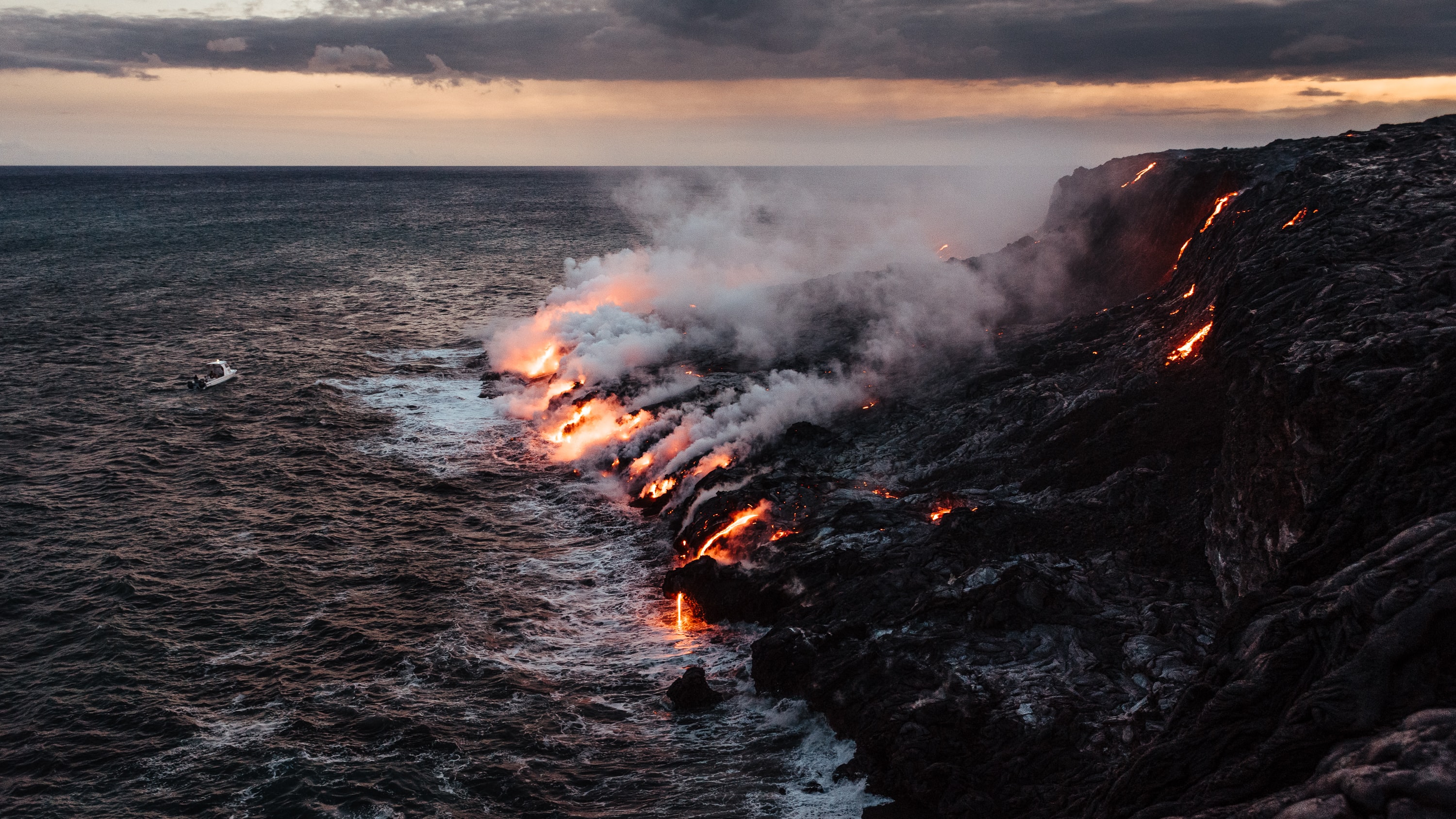
Making explosive undersea eruptions in the lab
The majority of Earth’s volcanic eruptions occur under the sea, so scientists have limited opportunities to observe and take samples from these events. An international team of researchers, including scientists from the University of Otago, have built a lab-based system to mimic deep-sea eruptions in order to improve their understanding of volcanic activity. They compared their laboratory observations with those from the submarine eruption of Havre Volcano, Kermadec Arc, New Zealand, in 2012. Their findings help to explain how cooling magma interacts with water to create explosive eruptions at different depths under sea, and may even help scientists understand volcanoes on other planets.
Journal/conference: Nature Geoscience
Link to research (DOI): 10.1038/s41561-020-0603-4
Organisation/s: University of Otago, University of Tasmania, University of Iceland, Iceland, Universität Würzburg, Germany, University of Bari, Italy, University of Oslo, Norway
News for:
Australia
New Zealand
International
Media contact details for this story are only visible to registered journalists.

